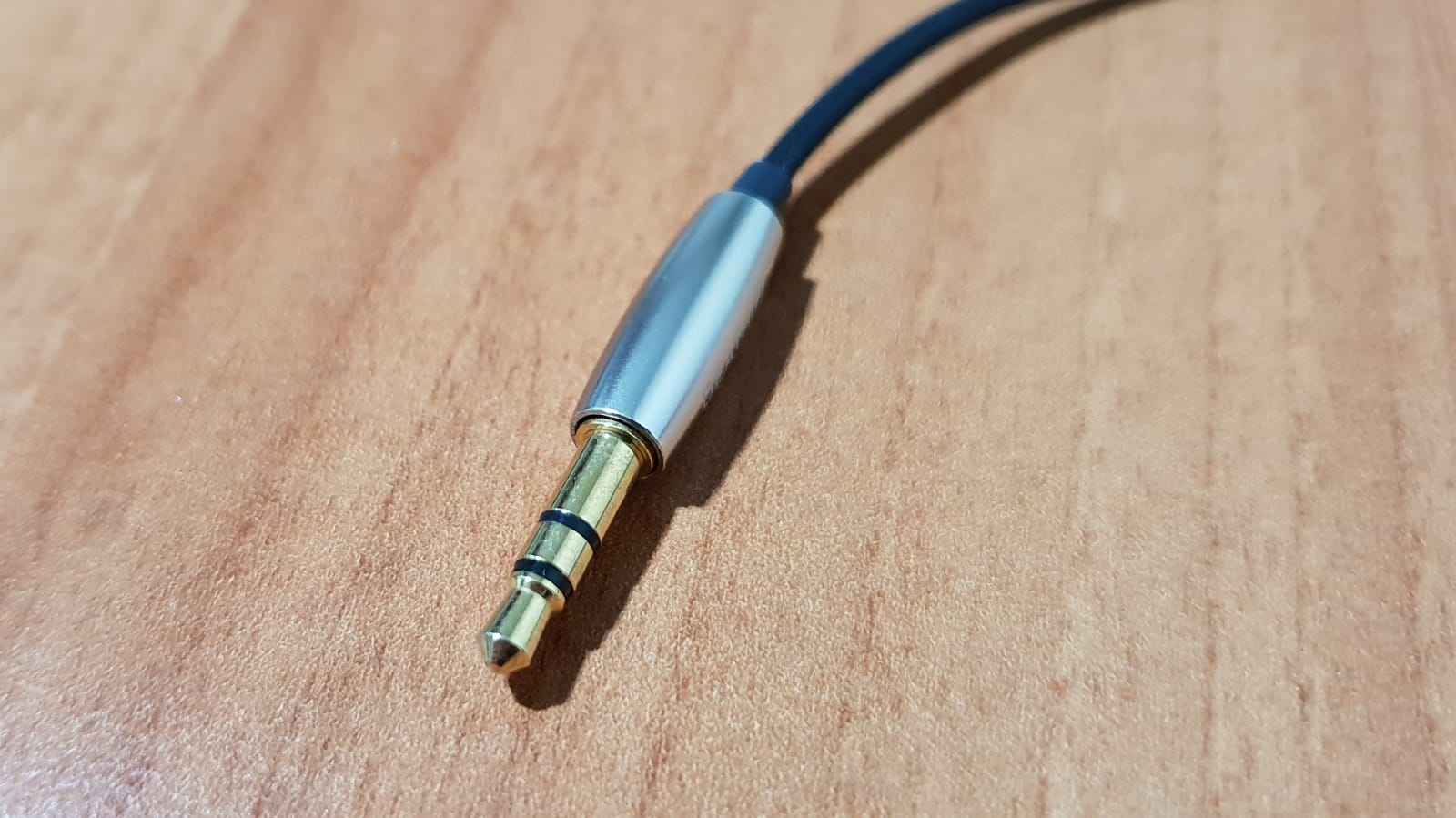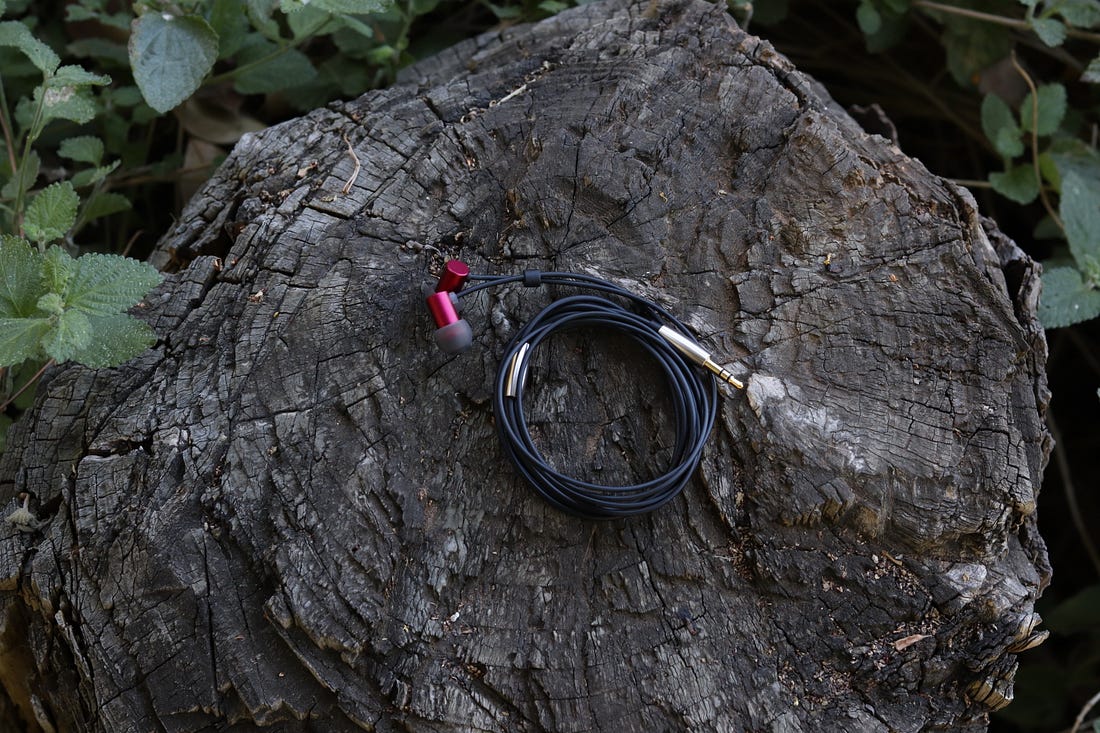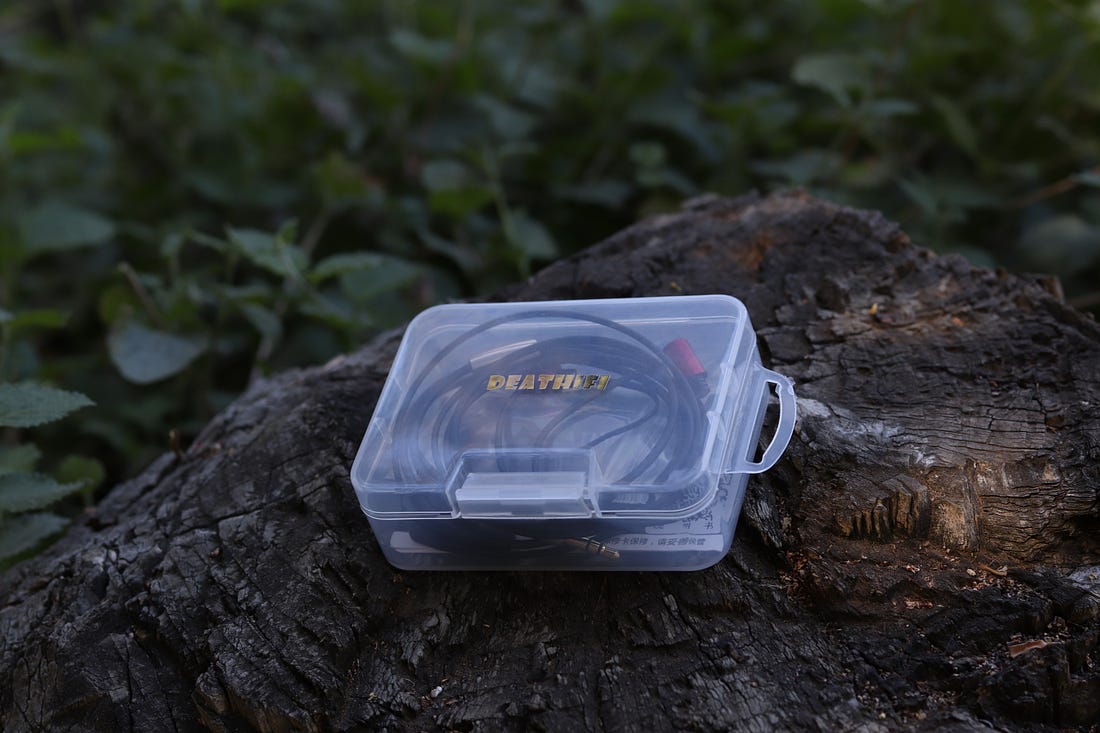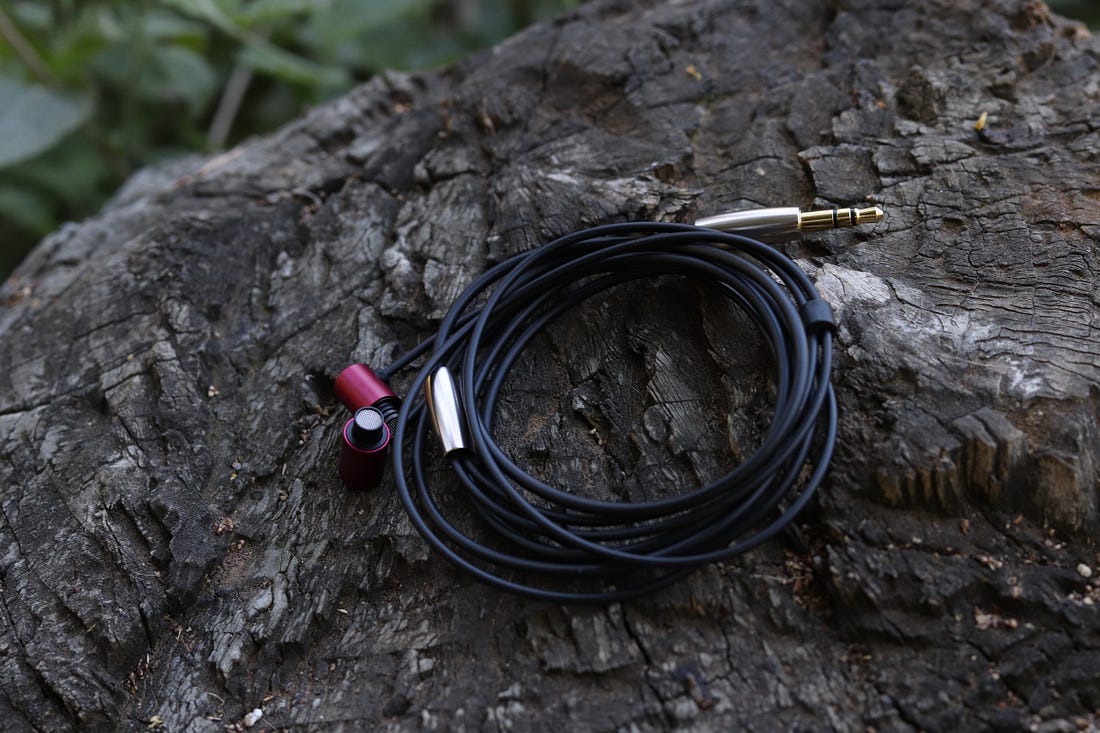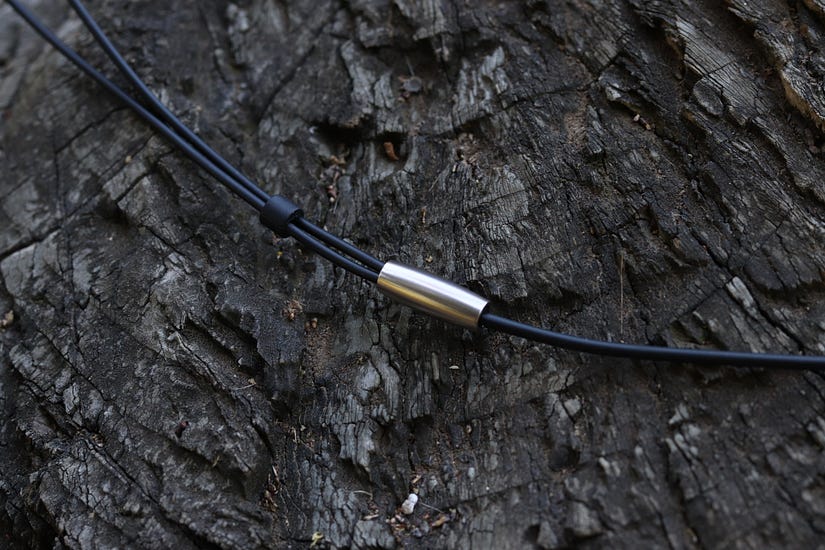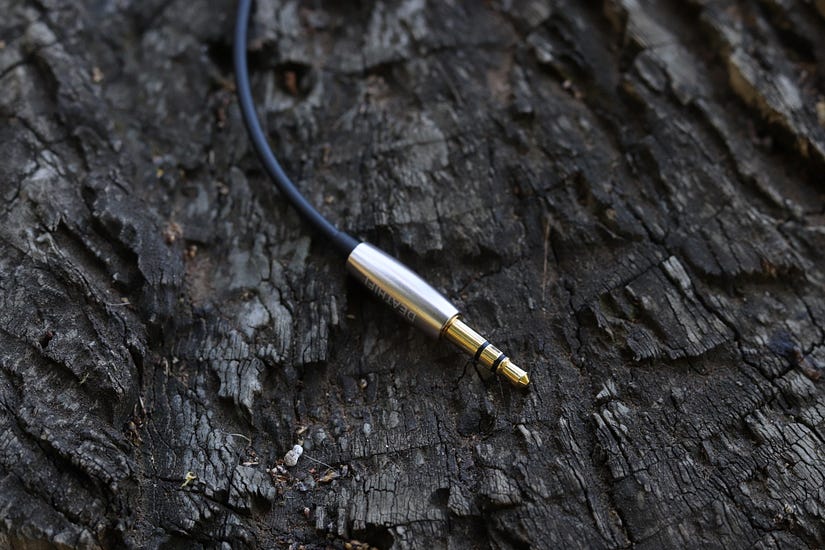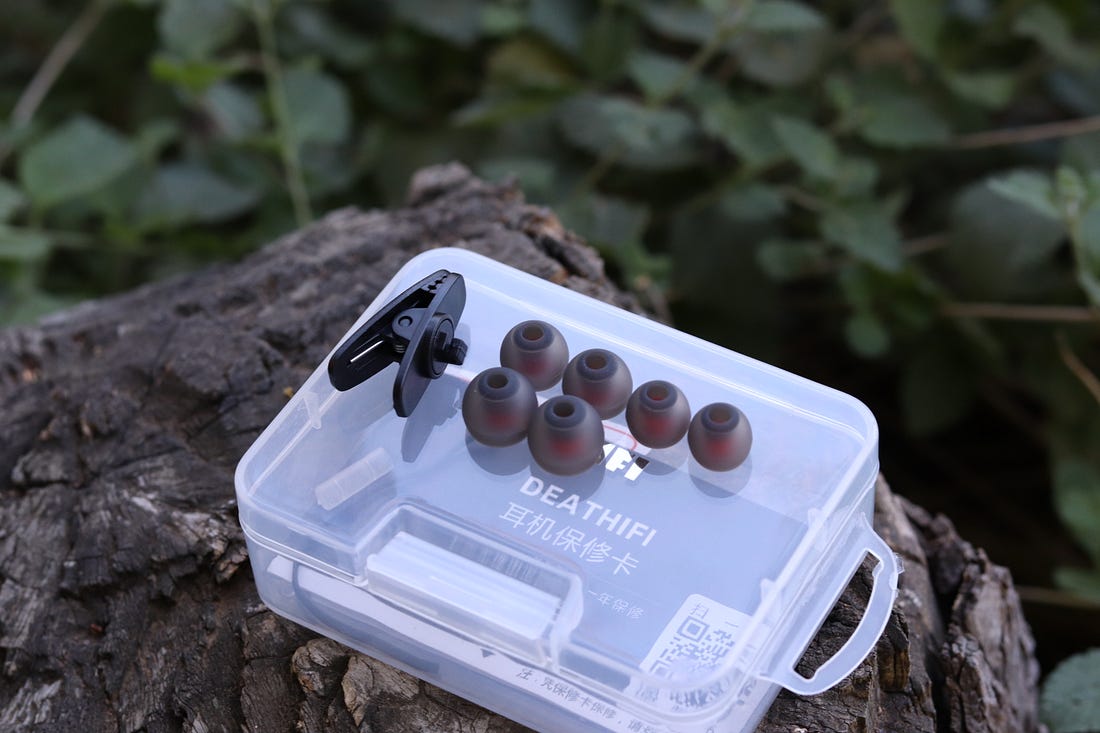General Information
DEAT Small Micro Dynamic Driver HiFi Metal In-ear Earphones

Description: Nordic Simplicity & High Fidelity
With minimalism and delicacy as the design concept, it combines superb tuning technology to create the dual enjoyment of hearing and vision.
Minimalist lines and pragmatism, integrating beauty into the bones, lying on the grass under the stars, looking up is the Milky Way and Aurora.
Adopt Nordic natural color: Aurora Red + Deep Space Black.
Audiophile sound quality immersive music experience.
Professional tuner carefully tuned sound quality, smooth sound curve.
Ensure that the mids and high are clear, while taking care of the bass sinking and strong.
The sounding unit adopts PEEK+PU composite diaphragm, copper-clad aluminum voice coil, and single crystal copper wire. At the cost of high cost, only to pursue a more shocking sound.
The official analysis of sound quality: Popular tuning, warm sound, and musical instruments are also good.
High frequency extension is good, smooth and not harsh.
Mid frequency is clear, clean, full and bright. The vocal is affixed to the ear but not to the face, warm and sticky, full of charm.
Low frequency is fullness, elastic and warm atmosphere.
The soundstage is wide and deep.
Sensitive transient response and great energy sense make the music more tolerant.
Each frequency is well separated.
Comfortable wearing experience
Smaller than the cigarette butt, 7mm in diameter, 1.27g of wears weight
With Mic version: Three-button microphone control, High-definition silicon microphone for more delicate and soft vocals
3.5 mm gold-plated plug, international 3.5 mm interface standard, support mobile phones, MP3, tablet, computer
Single crystal copper audiophile cable, not metaphysical.
More reliable sound transmission, cleaner sound
The wire material is upgraded to PE, which is resistant to freezing, sweat-resistant and durable.
Original: color distinction between right and left, Transparent is right (R), black is left (L).
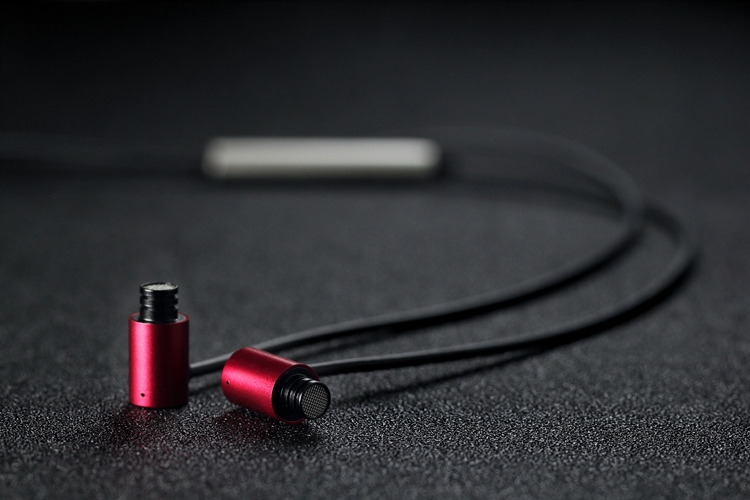
The original intention of design:
Minimalist is upgrading from formalism to pragmatism, simplifying it, retaining and optimizing & upgrading the core functions. It is a way of life to enhance the quality of life and sublimate spiritual thinking. SMALL is a minimalist design with a simple shape, beautiful and refined, and easy to wear. The core is tuning, audiophile sound quality and it is very suitable for users with smaller ears.
Specification:
Brand: DEAT
Model: SMALL
Driver: 5.8mm custom micro-dynamic driver
Impedance:16 ohm
Cable length: 1.2 M
Frequency response range: 15~28000Hzz
Sensitivity: 112dB
Wearing weight: 1.27g
Earphone weight: 13g
Material: aviation aluminum
Process: CNC carving processing + anodizing process
Package
DEAT SMALL Earphone
Eartips
Clip

Description: Nordic Simplicity & High Fidelity
With minimalism and delicacy as the design concept, it combines superb tuning technology to create the dual enjoyment of hearing and vision.
Minimalist lines and pragmatism, integrating beauty into the bones, lying on the grass under the stars, looking up is the Milky Way and Aurora.
Adopt Nordic natural color: Aurora Red + Deep Space Black.
Audiophile sound quality immersive music experience.
Professional tuner carefully tuned sound quality, smooth sound curve.
Ensure that the mids and high are clear, while taking care of the bass sinking and strong.
The sounding unit adopts PEEK+PU composite diaphragm, copper-clad aluminum voice coil, and single crystal copper wire. At the cost of high cost, only to pursue a more shocking sound.
The official analysis of sound quality: Popular tuning, warm sound, and musical instruments are also good.
High frequency extension is good, smooth and not harsh.
Mid frequency is clear, clean, full and bright. The vocal is affixed to the ear but not to the face, warm and sticky, full of charm.
Low frequency is fullness, elastic and warm atmosphere.
The soundstage is wide and deep.
Sensitive transient response and great energy sense make the music more tolerant.
Each frequency is well separated.
Comfortable wearing experience
Smaller than the cigarette butt, 7mm in diameter, 1.27g of wears weight
With Mic version: Three-button microphone control, High-definition silicon microphone for more delicate and soft vocals
3.5 mm gold-plated plug, international 3.5 mm interface standard, support mobile phones, MP3, tablet, computer
Single crystal copper audiophile cable, not metaphysical.
More reliable sound transmission, cleaner sound
The wire material is upgraded to PE, which is resistant to freezing, sweat-resistant and durable.
Original: color distinction between right and left, Transparent is right (R), black is left (L).

The original intention of design:
Minimalist is upgrading from formalism to pragmatism, simplifying it, retaining and optimizing & upgrading the core functions. It is a way of life to enhance the quality of life and sublimate spiritual thinking. SMALL is a minimalist design with a simple shape, beautiful and refined, and easy to wear. The core is tuning, audiophile sound quality and it is very suitable for users with smaller ears.
Specification:
Brand: DEAT
Model: SMALL
Driver: 5.8mm custom micro-dynamic driver
Impedance:16 ohm
Cable length: 1.2 M
Frequency response range: 15~28000Hzz
Sensitivity: 112dB
Wearing weight: 1.27g
Earphone weight: 13g
Material: aviation aluminum
Process: CNC carving processing + anodizing process
Package
DEAT SMALL Earphone
Eartips
Clip






